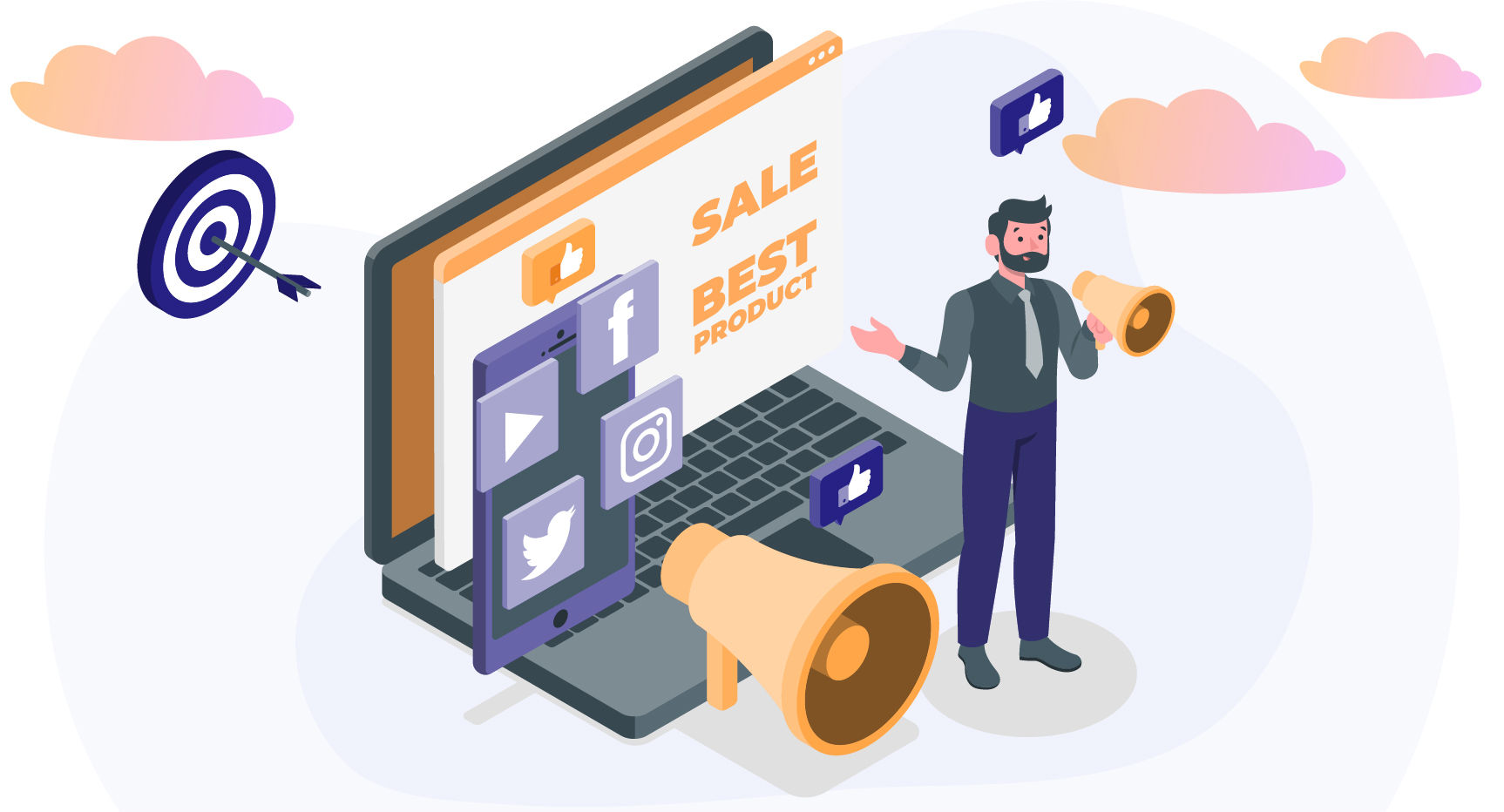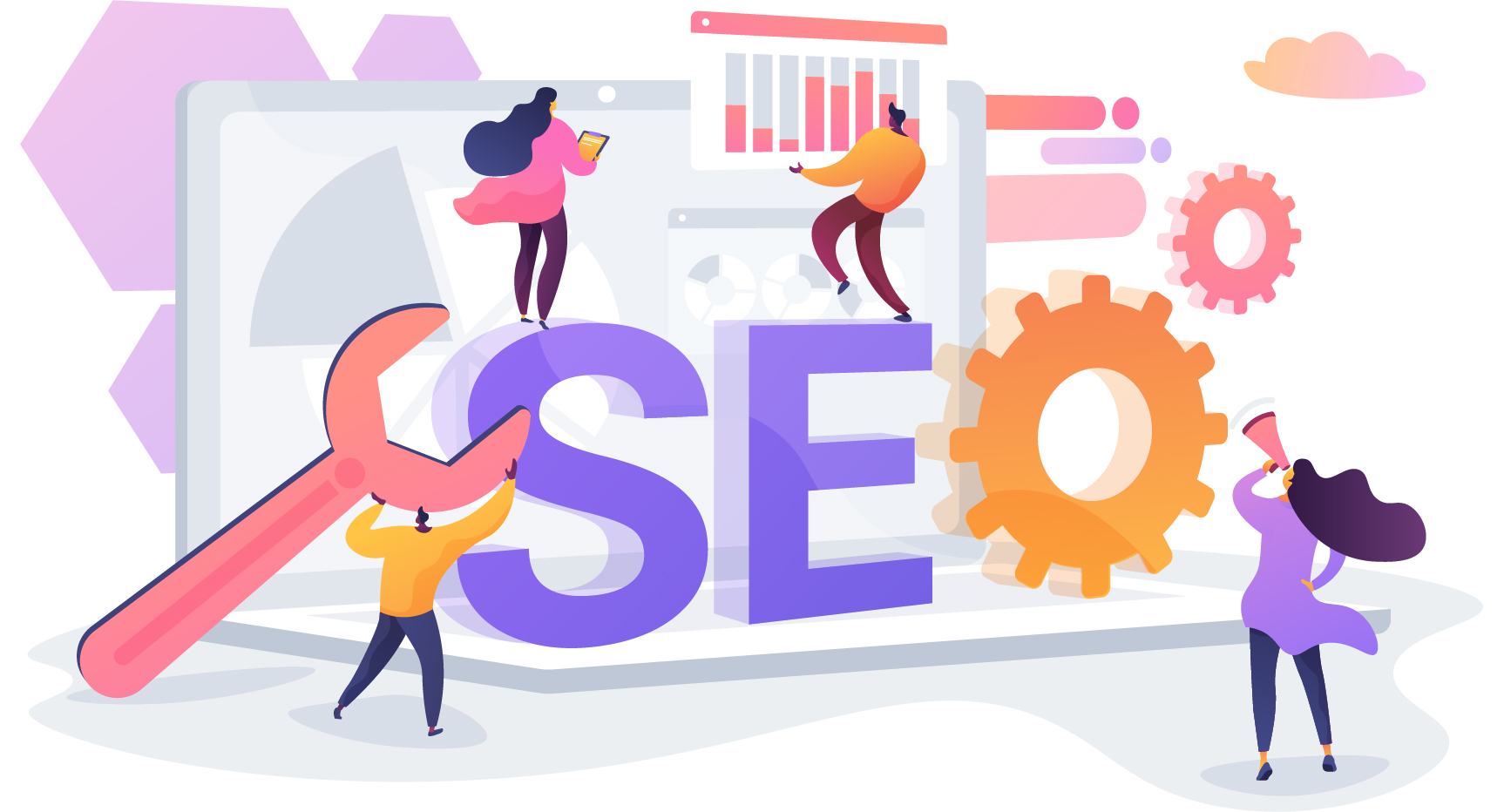
Let’s say you are browsing the internet, looking for a specific topic. You see thousands of websites with different headlines, fonts, and images for that topic. It's like trying to find a perfect pair of shoes from a store with countless options. How do you decide which one to click? How do you compare the reliability and relevance of the information?
In this digital wilderness, you need a compass, a tool that simplifies the labyrinth of information, making it comprehensible, memorable, and visually captivating. Guess what? Yeah, we are talking about infographics.
These graphics wonders possess enormous power to simplify complex information, transforming it into an accessible feast for your audience’s hungry mind. But wait, here's where it gets truly exciting! They don't just make your content more digestible; they supercharge your blog. The result? More traffic, higher retention rates, and skyrocketing conversion rates. So, if you're eager to unlock the secrets of transforming your content with infographics, keep reading!
Think of it this way: Before the internet, businesses had to spend lots of money on TV ads or brochures, hoping that someone would see them and become a customer. It was like trying to catch a fish in a big ocean with a small net.
But with the internet, businesses can aim directly at the people who are interested in what they have to offer. They can use things like ads on social media or Google to find the right customers at the right time, which makes it much easier to get people interested in their products.
Let's say someone is looking for a place to eat. Instead of asking friends or looking in a phone book, they use the internet. They use websites like Google or Yelp to find information about restaurants, like reviews, menus, and contact details. If your restaurant isn't online, it's like you're invisible to these potential customers.

Reading long blocks of text on a screen is like having to dig through a giant pile of clothes to find the one shirt you want to wear – it's exhausting.
Think about the last time you visited a website with a wall of text. Did you feel excited to dive in and start reading, or did you wish there was an easier way to understand the information?
Most people would choose the easier way because our brains prefer things that are simple and straightforward.
Imagine you're in a hurry to find a recipe, and the instructions are a jumble of confusing words and measurements – you'd probably give up and find a simpler recipe.
People don't have the time or patience to decode complex information. They want answers right away, and if they can't find them easily, they might leave and look elsewhere.
Have you ever noticed how your eyes are drawn to pictures and graphics? It's like they have a magnetic pull. That's because our brains are wired to love visuals.
When we see an image or a graphic, our brains process it much faster and with less effort compared to reading text. Plus, visuals often evoke emotions, and that's something text alone can't always do.
Imagine you're at a crowded party, and someone starts telling you a long, boring story. It's hard to pay attention, right? But if they show you cool visualization, you're instantly engaged.
Businesses can use infographics to stand out in a crowded digital world. For instance, a clothing brand can use graphic representation to showcase the latest fashion trends.
Instead of describing each trend in words, they can create a visual infographic with pictures and statistics that instantly communicate the style and appeal of their products.
It's like giving customers a snapshot of what they offer, and that's something they won't easily forget.

Let's consider you are starting a business, a tech startup, and introducing a groundbreaking product. Through a well-crafted infographic, you can convey the product's features, benefits, and value proposition in a matter of seconds.
This concise visual storytelling not only grabs attention but also prompts engagement, ultimately driving leads and conversions.
Now, you might wonder if infographics are reserved only for certain businesses. The truth is, they're universal tools with a knack for enhancing various industries.
In particular,
E-commerce for online retailers.
Tech Startups or technology companies.
Healthcare.
Educational Institutions
Travel Agencies.
Nonprofit organizations.
In essence, any business that wants to convey information, engage its audience, and stand out in the digital world can benefit from using infographics as a valuable marketing tool.

Think of infographics as the Swiss Army knife in your digital toolkit, offering a plethora of advantages for your communication needs. here are some of the advantages of using infographics:
They use images, charts, and graphs to present information in a way that is visually appealing and easy to understand. More likely to be read and remembered than text-only content.
They can be used to break down complex information into smaller, more digestible chunks. Ideal for explaining technical topics or presenting large amounts of data.
They can be a great way to raise awareness of your brand or product. Generate leads and drive traffic to your website.
They can be shared easily on social media. Visually appealing and easy to scan, which makes them more likely to be shared.
From an SEO standpoint, infographics offer a double advantage.
boost a website's search engine rankings
increased organic traffic
valuable backlink magnets for websites
The Billion Dollar Gram by David McCandless: This infographic is a great example of how to visualize large amounts of data simply and engagingly. It shows how different companies spend their money, with each dollar represented by a small square. The result is a colorful and informative graphic that is easy to understand.
Records You Can Break Working From Home by ChairOffice: This infographic is a great example of how to use infographics to highlight the impact of a particular topic. It shows how working from home can help you break different records, such as the longest time spent working without a break. The design is simple and colorful, making it easy to read and understand.
John Hopkins Medicine's COVID-19 Infographic: This infographic is a great example of how to use infographics to educate people on a complex topic. It shows how COVID-19 spreads, how to prevent it, and what to do if you get sick. The design is simple and easy to understand, making it a great resource for people looking for information on the pandemic.
Start with a Clear Message
Understand the preferences and interests of your target audience
Break down complex data into easy visuals like charts, graphs, and icons.
Choose a visually appealing layout and color scheme.
Infographics should have a narrative flow.
Avoid information overload by sticking to essential details.
Ensure that the infographic is mobile-friendly.
Some popular options include Canva, Venngage, and Piktochart, which offer user-friendly interfaces and templates to get you started.
Websites like Freepik and Iconfinder offer vast libraries of graphics that can be used to complement your design.

Imagine you're a travel agency, and you've created an infographic showcasing the "Top 10 Must-Visit Destinations in 2023." You've strategically included relevant keywords in the title and description of the infographic, ensuring they align with what travelers are searching for online.
As a result, when someone types "must-visit travel destinations in 2023" into a search engine, your infographic has a higher chance of showing up among the top results.
Just as videos help build connections, SEO-friendly infographics help build bridges to search engines. Here are some essential tips:
Conduct keyword research and integrate them naturally into the infographic's title, description, and captions.
Add descriptive alt text to the images within your infographic.
Save your infographic in SEO-friendly file formats like JPEG or PNG.
If you're sharing your infographic on external websites, provide embed code.
Encourage social sharing of your infographic
Now that you've taken a peek into the colorful world of infographics, it's time to roll up your sleeves and get creative. First things first, embrace the power of infographics! They're like your secret weapon in the content game.
So, after this enlightening read, start by thinking about what story you want to tell. Who's your audience? What makes your brand unique? Once you've got that down, you're on the right track.
Next stop, explore the treasure trove of user-friendly tools out there that can turn your ideas into visual masterpieces. Plus, there's a whole online universe of icons, images, and charts waiting to spruce up your infographics.
Now, if you're itching for some expert guidance, look no further than Bayshore Communication. These folks are like the Yoda of infographics. With their ninja-like skills in visual content creation and content marketing, they can transform your ideas into eye-catching infographics.
From brainstorming to design to SEO wizardry, Bayshore Communication has your back. They make sure your infographics don't just look good but also shine bright in search engine results. It's like having a superhero sidekick for your content marketing adventures!
Infographics aren't just eye candy; they're your go-to tools for simplifying complex information, capturing attention, and boosting your online presence. Remember, it all starts with a clear message and knowing your audience. Then, dive into the sea of user-friendly tools and unleash your creativity.
So, are you ready to embark on your very own infographic odyssey? If questions are bubbling or you could use a guiding hand to launch your infographic voyage, contact Bayshore Communication. Together let’s make your infographic escapade an epic one!